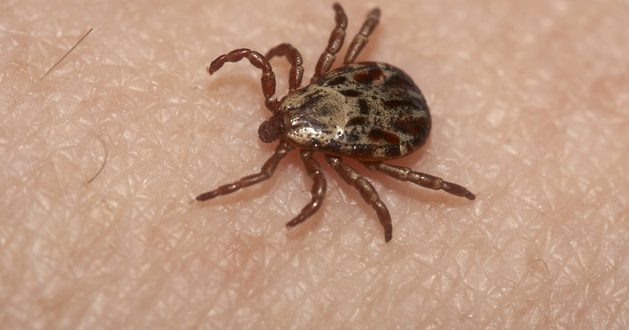We’re on your side with advice from a University of Georgia professor of entomology cautioning what to do about ticks.
Don’t be afraid of ticks, says Nancy Hinkle, a University of Georgia professor of entomology.
“We need to be aware, we need to be cautious,” she said.
Here in the Southeast, you cannot get Lyme disease from a tick in the summer, she said. The carrier is a winter tick, a deer tick. “That’s the time of year when people are most likely to encounter the deer tick.”
The most common kind of tick you’re going to find on yourself or your dog is the lonestar tick. She has a white dot in the middle of her back, she said.
All species of ticks carry pathogen. Most ticks are not infected but they have the potential to transmit diseases.
“We don’t need to fear them. Ticks are everywhere. They’re part of the ecology. They’re a natural part of our world.”
We just need to be cautious. Hinkle suggests three things for when you go hiking or out in the woods:
1. Don’t sit down on the grass if you can avoid it.
2. Before you go, treat your body with DEET and your clothing with Permethrin.
3. When you get home from being in the woods, strip down and do a tick check.
“Ticks have to be attached for several hours before they can transmit disease organisms. So if you do a tick check immediately after getting back from hiking or outdoor activities, you really shouldn’t need to worry about ticks. You’ll find them before they do any damage,” she said.
In the provided video clip, Hinkle provides advice on how to decrease your chances of getting a tick on your body by taking some simple preventive steps.
Agencies/Canadajournal
 Canada Journal – News of the World Articles and videos to bring you the biggest Canadian news stories from across the country every day
Canada Journal – News of the World Articles and videos to bring you the biggest Canadian news stories from across the country every day




“Here in the Southeast, you cannot get Lyme disease from a tick in the summer, she said. The carrier is a winter tick, a deer tick. “That’s the time of year when people are most likely to encounter the deer tick.”
Is this some kind of joke?! Not a very funny one, if so. Of course Lyme disease is transmitted in the summer, more so in the Spring when the ticks are nymphal stage, the size of a poppy-seed and very difficult to see one embedded in you!
This information is SO very inaccurate that is’t scary. How dare this be published when it is so misleading to the public.
See Canlyme.com for accurate up-to-date info about ticks, Lyme disease and co-infections. Shame on Nancy Hinkle!